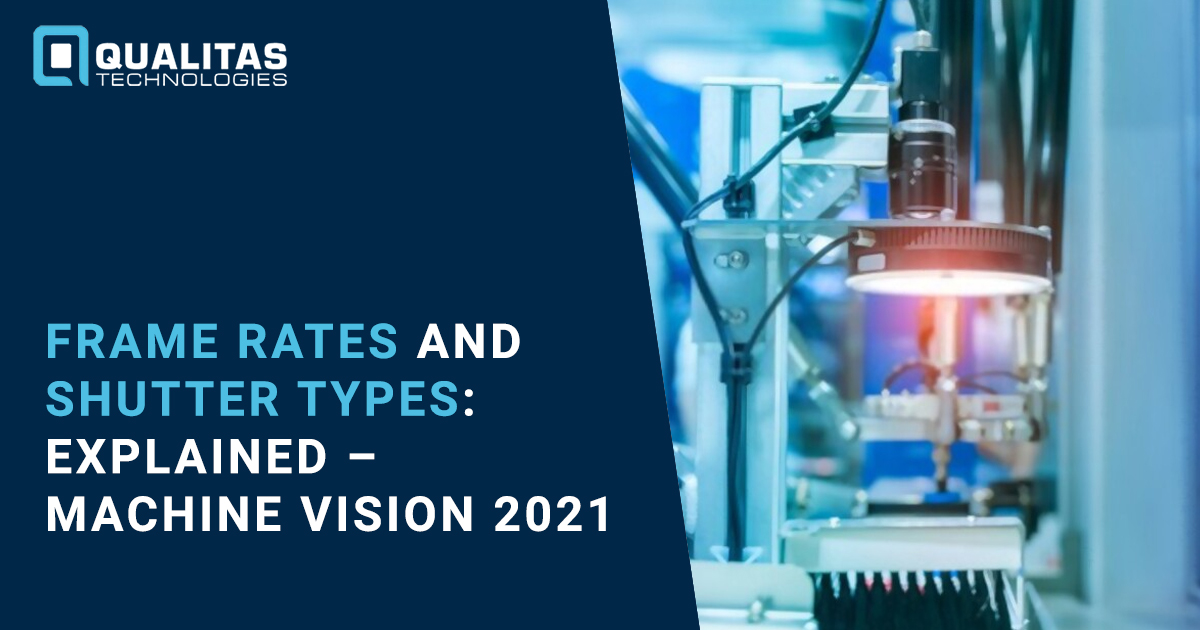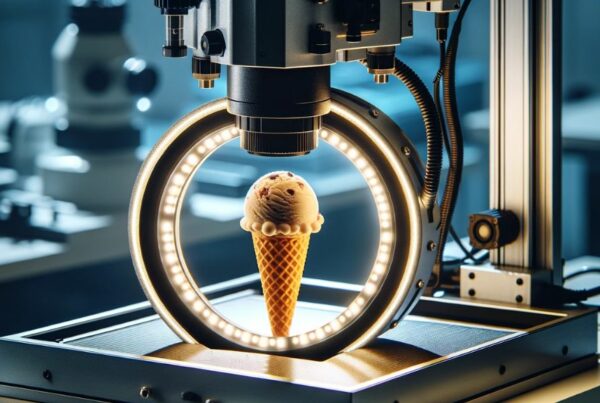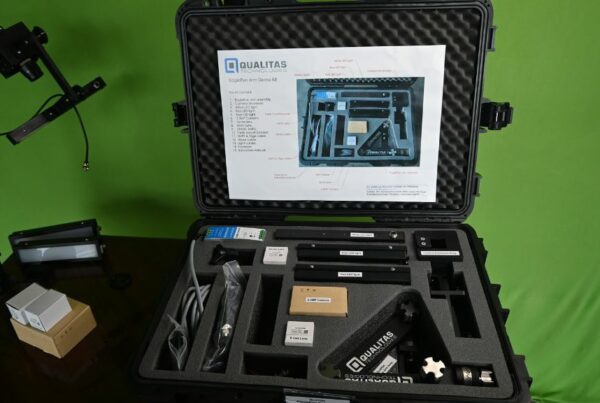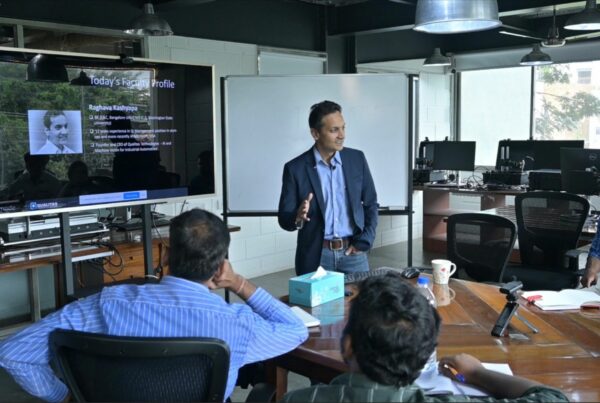
Introduction
Image acquisition is the first and the most crucial step of a machine vision application. Frame rate, exposure time, and shutter speed are some key terms that determine how fast the images are captured. Let’s understand each of these terms one by one. So, the frame rate is the number of individual frames that make up each second, also known as frames per second or FPS.
Shutter speed essentially refers to the same thing as the exposure time. It refers to the time that each frame is exposed for. It is often always a fraction of a second. For example, if your camera has a shutter speed (or exposure time) of 1/50, it means that each frame is being exposed for 1/50 seconds.
Also, Read How Camera Resolution In Machine Vision Plays An Important Role: 2021
Frame Rate
As we discussed above, the frame rate is the number of frames or images captured in a second. Now the frame rate varies with the intended purpose and is determined based on the number of inspections to be carried out per second. Consequently, it is correlated with the exposure time, which is the time that the sensor is exposed to capture an image. For example, a camera with a maximum of 100 frames per second means that the fastest shutter time would be 10 milliseconds.
For line scan cameras that scan using a single row of pixels at a time, the frame rate is the number of lines captured in a second. For area scan cameras that scan the entire image in one go, the frame rate is the number of images captured in one second. Area scan cameras have two kinds of shutters that we’ll discuss in the next section.
Types of Shutters
Sensors are the core of the camera in machine vision applications. These are responsible for implementing much of the image acquisition responsibilities. Sensors can be broadly classified into two types: CCD or CMOS. Each of these sensors uses either a rolling shutter or a global shutter. The shutter manages the way in which the camera is exposed to a scene and how the charges built up in a pixel are readout. Let us now discover the characteristics and uses of the two types of shutters.
Also, Read What Is Image Acquisition In Machine Vision? – Trigger Mechanism
1. Rolling Shutter
- Image sensors with a rolling shutter expose a single row of pixels at a given time. The top row of the 2D pixel matrix is exposed first, followed by the second, third, and so on.
- How pixels are read out with a rolling shutter results in a slight delay in the exposure time for the top row and the bottom row of the pixel matrix, which limits the speed of the sensor to some extent.
- Due to the small-time lag in a rolling shutter, imaging a moving object will result in a distorted or skewed image. Therefore, it is only suitable for a stationary object.
- Rolling shutter sensors have a relatively simpler design with smaller pixels, offering quality images in a smaller image format.
- Rolling shutters are a cheaper alternative to global shutters when the readout noise from the latter impacts the image quality considerably.
2. Global Shutter
- In a global shutter, all the pixels or sensors are exposed at the same time, and all of them accumulate the charge simultaneously. When the exposure time ends, the charge is read out simultaneously.
- There is no delay in the exposure time for any two rows, and therefore, the image has no motion blurs or distortions on moving objects.
- Since the electronics within the camera have to transfer and encode a large amount of information simultaneously, global shutters require a bit more complicated electronics circuit. This limits the pixel density for a specific physical size.
- The complicated architecture involved pushes up the overall camera cost making it a costlier alternative against one with a rolling shutter.
- Global shutters are widely used for high-speed imaging applications in the industrial sector.
How to calculate the frame rate for your vision application?
Say you need to inspect cigarette packs that are being released on the conveyor at a frequency of 600 packs per minute, which translates to 10 packs per second. So, considering that we capture one pack in a frame, we need a frame rate of 10 frames per second theoretically. As a rule of thumb, the upper limit of the frame rate should practically be near double the release frequency, i.e., around 20 frames per second.
Also, Read Understanding Camera Sensors for Machine Vision Applications
Conclusion
Getting the right image at the right frequency is necessary for the optimal performance of a vision system. Frame rate and shutter speed are the parameters that determine how quickly your vision system can accomplish its objectives. In this blog post, we discussed frame rate, shutter speed, and the uses and characteristics of the two types of shutters. In the end, we also calculated the frame rate for the inspection of cigarette packs.
Get In Touch With Us





